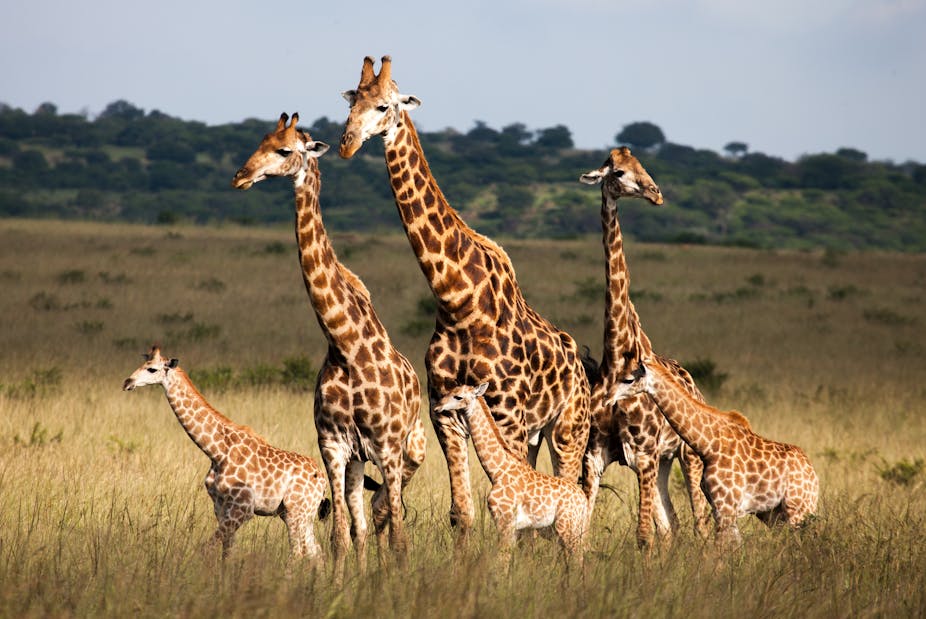Deep within the realms of fantasy and folklore lies a captivating creature known as “Vulosa.” This mysterious species has been the subject of numerous tales, myths, and legends, leaving people entranced by its enigmatic existence. While their reality remains unconfirmed, Vulosa has made an indelible mark on the collective imagination of cultures worldwide. In this article, we embark on a journey to explore the origins, characteristics, and cultural significance of Vulosa to better understand the allure of these mythical beings.
Origin and Mythical Origins
The origins of Vulosa are shrouded in ambiguity, with various cultures attributing different stories to their creation. Some ancient civilizations depict them as celestial beings, birthed from the stars, while others consider them as ethereal spirits inhabiting the elements of nature. In medieval Europe, Vulosa was often associated with supernatural beings like faeries, pixies, or elves, known for their mischievous but benevolent nature.
Descriptions of Vulosa vary widely across cultures. Some depict them as graceful and elegant creatures, possessing unearthly beauty and wisdom, while others portray them as eerie and mysterious entities, lurking in the shadows of the unknown.
Characteristics and Abilities
Despite the variations in their portrayal, Vulosa typically share some common characteristics. They are often depicted as beings of humanoid appearance, but with a subtle otherworldly charm. A common motif is that they have pointed ears, elongated limbs, and radiant eyes that emanate an otherworldly glow. They are often described as being able to control natural elements such as water, fire, earth, and air, bestowing them with great power over the forces of nature.
Another intriguing attribute attributed to Vulosa is their ability to interact with humans and even form deep connections with select individuals. Legends often tell of humans who have encountered Vulosa and been either blessed with good fortune or bestowed with invaluable wisdom.
Cultural Significance
The influence of Vulosa extends far beyond mere folklore. These mythical beings have become symbols of various virtues and ideals within different cultures. For instance, in Japanese folklore, there are creatures known as “kami” that resemble Vulosa and represent various aspects of nature. They are worshipped and revered as guardians of the land, sea, and sky.
Similarly, in Celtic mythology, the Sidhe (pronounced “shee”) is a race of supernatural beings akin to Vulosa, believed to inhabit the fairy mounds. The Sidhe were often associated with the mystical world, and encountering them was believed to bring either good luck or misfortune.
In modern times, Vulosa and similar mythical creatures have also permeated popular culture through books, movies, and video games. The portrayal of these beings continues to inspire awe and fascination, driving the growth of fantasy genres in literature and cinema.
Contemporary Beliefs and Sightings
Belief in Vulosa and other mythical beings persists even in modern times. Numerous accounts of sightings and encounters have been reported, especially in areas with strong historical ties to folklore and mythology. These sightings are often met with both skepticism and enthusiasm, with enthusiasts attempting to prove the existence of these elusive creatures through various means.
While scientific evidence remains lacking, the allure of Vulosa continues to capture the hearts of those seeking enchantment and a connection to the mystical and fantastical.
Psychological and Anthropological Perspectives
The enduring fascination with Vulosa and similar mythical beings can be understood through psychological and anthropological lenses. From a psychological standpoint, the attraction to such creatures might stem from a deep-seated desire to escape the mundanity of everyday life and embrace the fantastical. These mythical beings often embody traits and qualities that humans aspire to possess, such as eternal beauty, wisdom, and supernatural abilities.
Anthropologically, the existence of Vulosa can be seen as a manifestation of our ancestors’ efforts to explain natural phenomena and understand the unknown. The belief in supernatural beings was a way for ancient cultures to make sense of the world around them and attribute human-like qualities to natural forces.
Conclusion
In the realm of myth and folklore, Vulosa stands as a captivating and enduring enigma. From their mysterious origins to their diverse portrayals across cultures, these mythical beings continue to capture the human imagination. Whether viewed as celestial guardians, ethereal spirits, or simply figments of the human psyche, the allure of Vulosa remains strong in contemporary times.
While scientific evidence may not support their existence, the enduring belief in Vulosa showcases the profound impact of folklore and mythology on human culture. The fascination with these mythical beings reminds us of the enduring power of imagination and the allure of the unknown, both of which continue to enrich our lives in countless ways.



